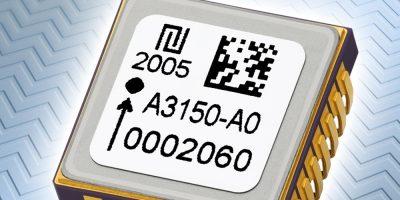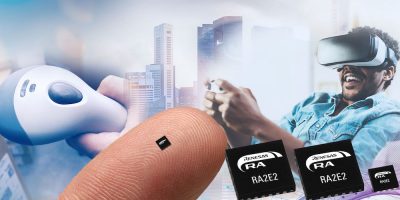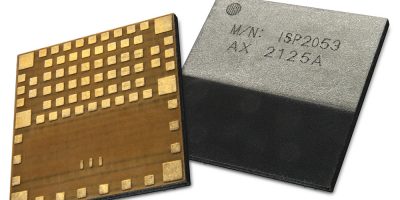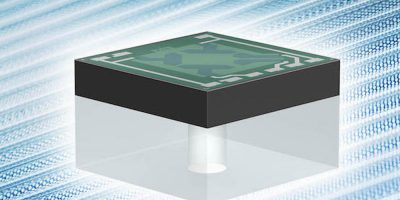Designed for challenging environments, the Tronics AXO315 force-rebalance digital MEMS accelerometer withstands severe temperature and vibration conditions experience in industrial, land, rail, navy, oil and gas and construction applications, says TDK.
The one-axis, closed looped digital MEMS sensor has a ±14g range. The in-plane linear accelerometer achieves a one-year composite repeatability of 1mg, and a 600ppm composite scale factor repeatability over temperatures ranging from -55 to +105 degrees C and under 4g vibrations.
In addition to vibration rejection, it exhibits superior Allan variance characteristics, says TDK, with a basis instability of 4.0 microg, a velocity random walk of 0.006m per second per sq root h and a very low noise of 15 microg/ sq root Hz, for high resolution and low error.
Its performance is equivalent to the incumbent analogue quartz accelerometers and mechanical inclinometers, but at a fraction of their size, weight, and price, says TDK, resulting in a reduction in size, weight and cost of materials in servo inclinometers and dynamic inclinometers in industrial motion control units, as well as inertial measurement units (IMUs) and inertial navigation systems (INS) for GNSS-aided positioning, navigation of manned and unmanned ground vehicles and trains.
The AXO315 features a force-rebalance architecture, a 24-bit digital SPI in an SMD package. It is also claimed to outperform all commercially available MEMS sensors components and offers easier integration compared to analogue sensors.
It is supplied in lightweight 1.4g hermetic SMD J-lead ceramic package (12 x 12 x 5.0mm), enabling low-cost assembly and reliability on PCB, even in fast-changing temperature conditions.
The sensor can be evaluated with an Arduino-based evaluation kit that is specifically designed to provide developers with improved testing functionalities such as output reading and recording, recalibration and digital self-tests.
Both sensor and evaluation kit are available from Digi-Key, Mouser and Farnell and its affiliates Newark and Element 14.







